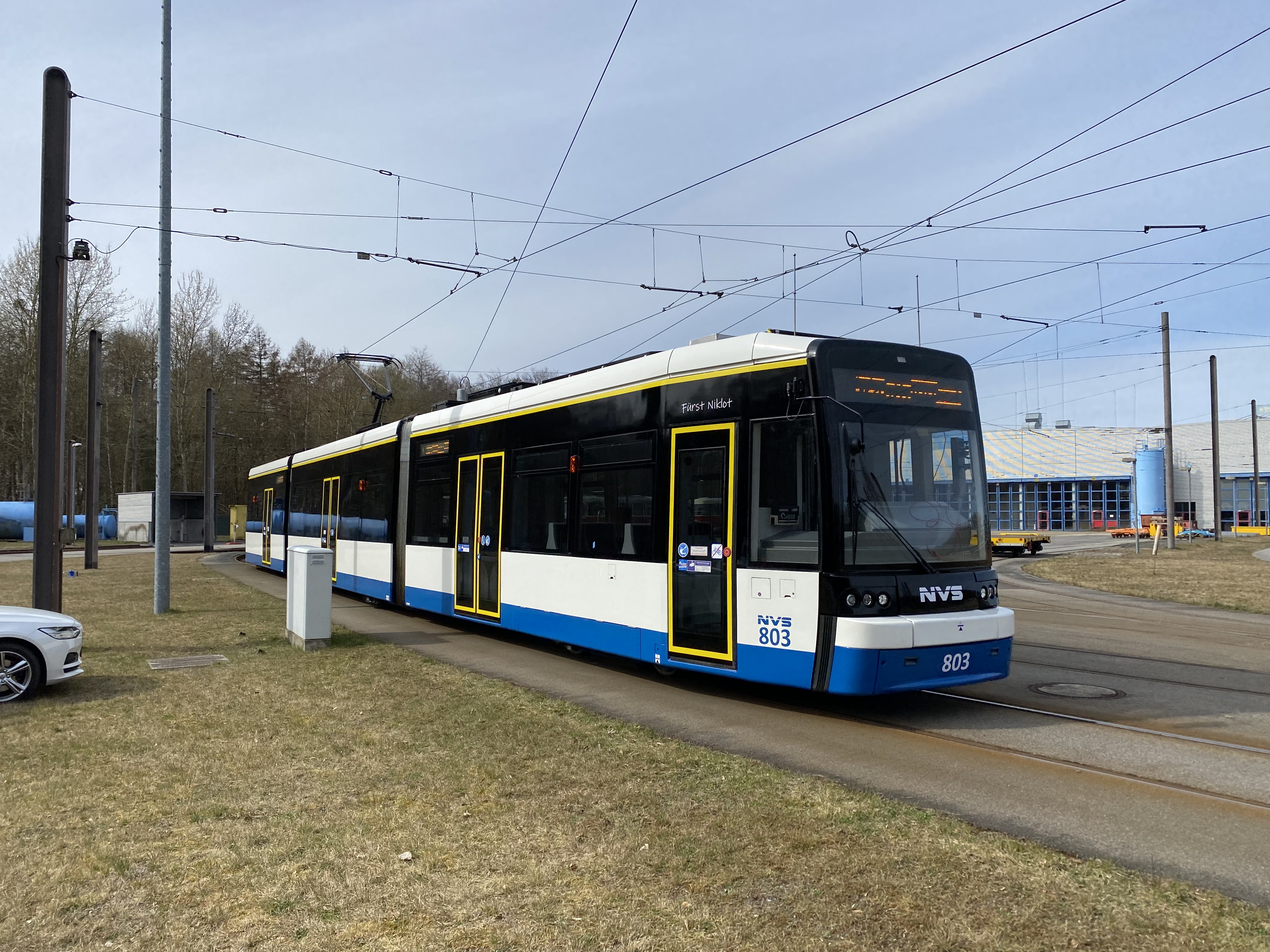
Modernization of bus and rail fleets
Should the existing fleet be replaced? Your vehicles still have great potential. Modernization (retrofit) is the smart way to future-proof buses and trains. We equip your fleets with modern components and ensure everything runs: reliably, electrically, sustainably, and efficiently. Through targeted modernization, you can enhance vehicle performance, reduce costs, and promote sustainable mobility. Bring your vehicles up to date and benefit from improved efficiency and extended service life!
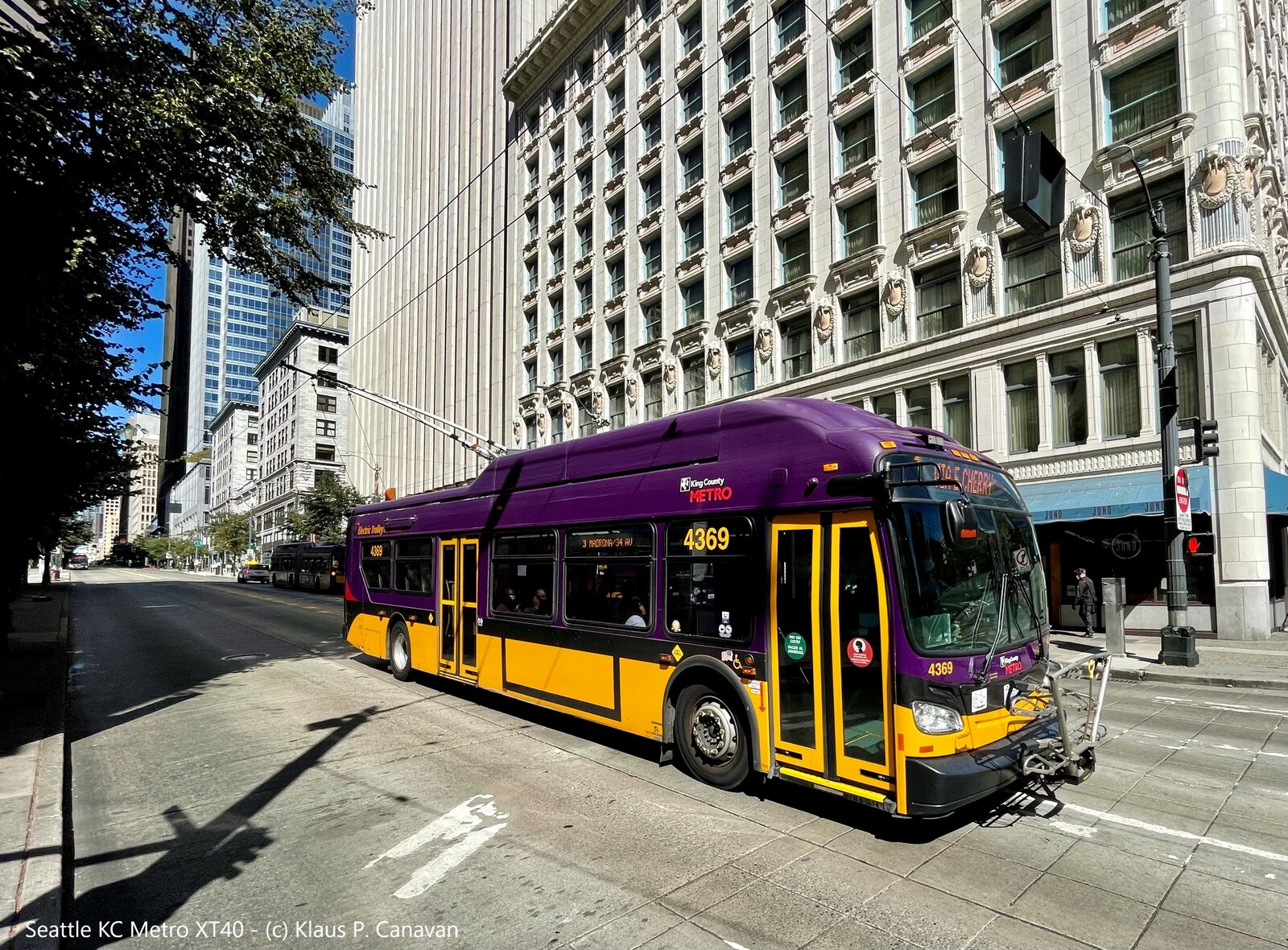
What we modernize for you
We bring technology up to date, modular and scalable:
- Electric drive systems
- Onboard converters, auxiliary units, and auxiliary power supplies
- Battery systems, storage systems, and diagnostic modules
- Driver workspace, interior, lighting, and climate systems
- Control, communication, and sensor technology
- Individual components as requested
Make your fleet future-proof!
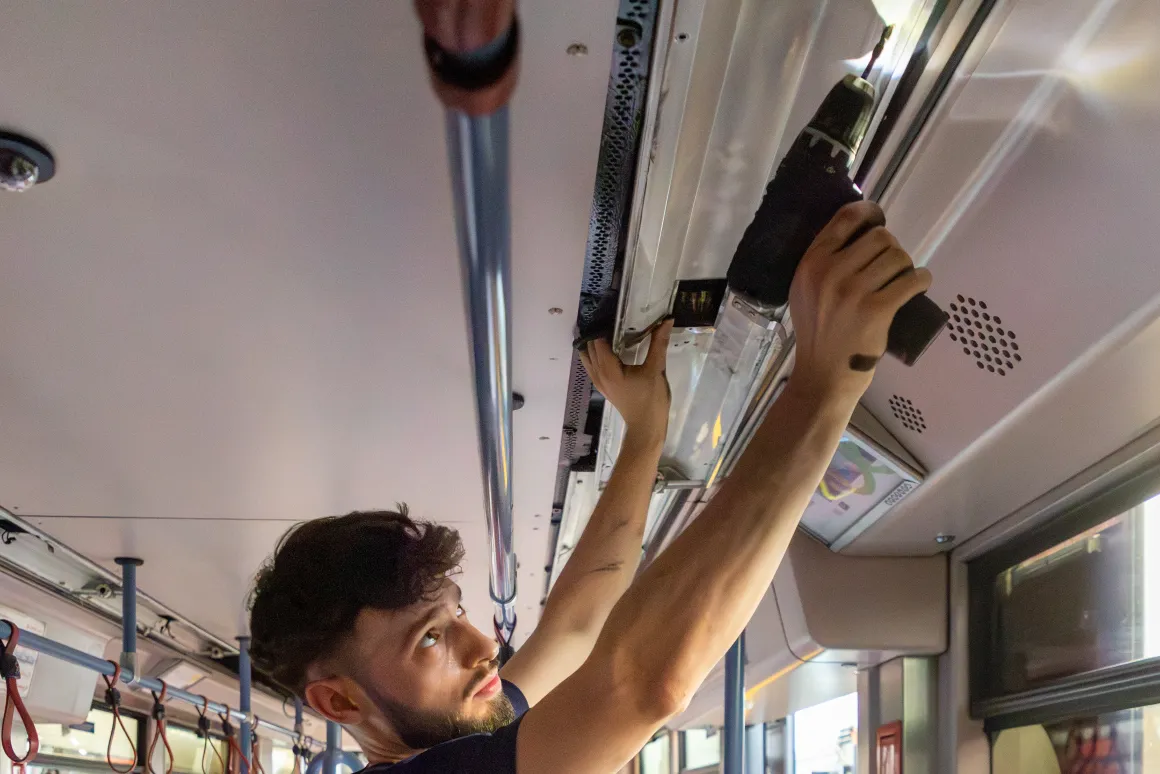
Advantages of a retrofit: securing the future instead of buying new
A retrofit is more than just a technical decision—it is a commitment to sustainable mobility in your city. Whether for rail or bus, modernization ensures a significant efficiency boost.
- Extends the lifespan of your vehicle fleet by 10–15 years
- Reduces energy consumption by up to 30%
- Lower investment costs & faster implementation compared to new procurement
- Compatible with various vehicle types & manufacturers
- Eligible for funding in many countries & cities
- Up to 50% lower costs than purchasing new vehicles
Overview
Feasibility studies
- Vehicle assessment and measures
- Development of vehicle modernization concepts
- Development of modernization specifications
- Advice on the “buy or modernize” process
Modernization of traction equipment
- Replacement and integration of train control systems
- Replacement and integration of traction inverters
- Replacement and integration of complete traction systems (including traction containers)
Modernization of on-board power supply systems
- Convection-cooled on-board power converters
- Externally ventilated on-board converters
Modernization of TCMS according to EN50128
- Replacement of TCMS hardware and software
- Software modification (upgrade) of the Kiepe TCMS
- Driver assistance systems (non-safety-related systems / comfort systems)
Monitoring and diagnostic systems
- Drive/vehicle electrical system KFM
Electrical integration KE subsystems
- Circuit diagrams and delta circuit diagrams
- Assembly documentation
- Assembly instructions
- Commissioning instructions
Integration of third-party product subsystems
- Brakes
- PIS
- CCTV
- Compressor start-up module
- ATP
Vehicle testing
- System validation
- Regression testing
- Vehicle integration tests
KIEPE – Your modernization partner
- Worldwide Implementation, Global Network & Local Engineering
- City-specific systems instead of standard solutions
- Independent retrofits, regardless of manufacturer
- High quality standards and occupational safety
- Planning, execution & after-sales service from a single source
Almost all technical components can be retrofitted or replaced: traction systems for buses, traction systems for rail vehicles, onboard converters, batteries, control systems, various interior features, and much more. The selection depends on your objectives, whether it's extending range, improving energy efficiency, or enhancing passenger comfort. Maintenance systems for rail vehicles can also be integrated.
Depending on the scope, number of vehicles, and components used, a project can take anywhere from a few weeks to several months. We work with you to develop a realistic timeline that ensures minimal disruption to your operations. Many modifications can also be carried out in stages, for example, at night or during operational breaks.
![[Translate to English:] Rail vehicle electrification & technology](/fileadmin/_processed_/c/a/csm__ahe0223_928aee05ca.webp)
![[Translate to English:] Systems and components for electric buses](/fileadmin/_processed_/2/1/csm_kti_201_aha4631_neu_c9e1440ace.webp)
![[Translate to English:] Charging infrastructure solutions for e-mobility](/fileadmin/_processed_/2/c/csm_bildschirmfoto_2024-04-21_um_18.05.16_0ccd184362.webp)
![[Translate to English:] Modernization for many additional years of operation](/fileadmin/_processed_/3/4/csm_essen_4f49d40e59.webp)

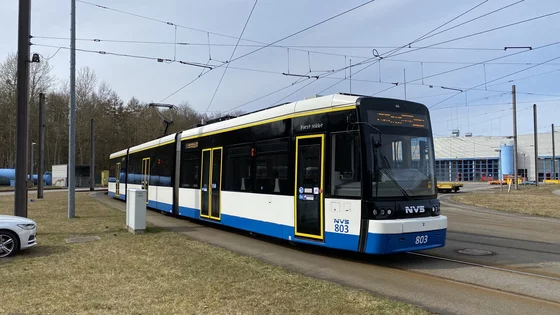
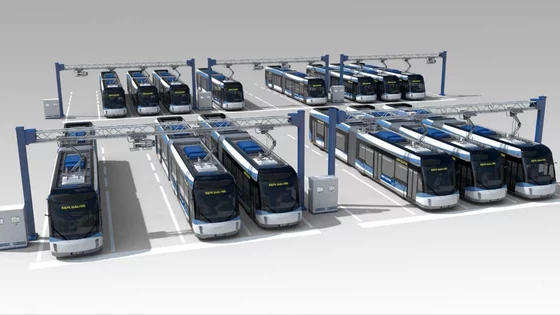
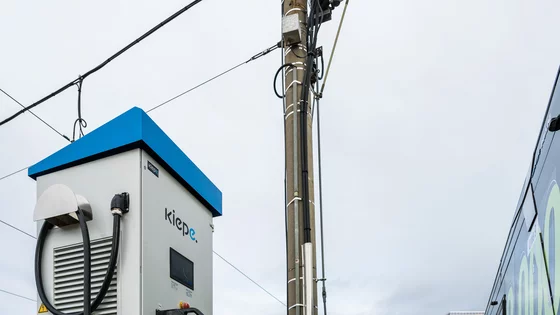
![[Translate to English:] eBus HPC Platform](/fileadmin/_processed_/3/a/csm_tzen4-corbeil-daniel_schmidt_kiepe_2_4bbdc37731.webp)
![[Translate to English:] In Motion Charging (IMC) Upgrade](/fileadmin/_processed_/b/b/csm_ksc_200-3_24fade6d2f.webp)
![[Translate to English:] Mining - Electrification](/fileadmin/_processed_/2/4/csm_istock-2116815690_26a2a95fa5.webp)
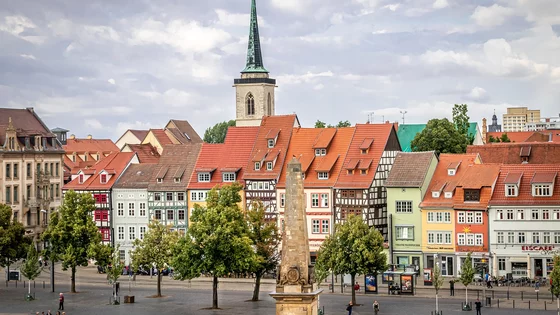
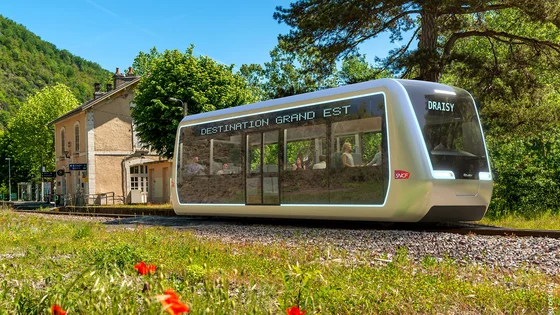
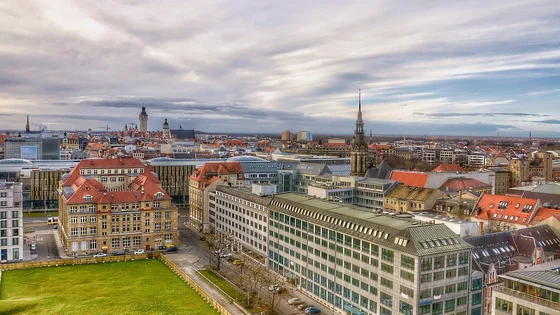
![[Translate to English:] ESU - Schalke](/fileadmin/_processed_/b/3/csm_schalke_project_2024_af42a053b0.webp)
![[Translate to English:] SmartHybrid - Vossloh DE 18](/fileadmin/_processed_/d/8/csm_vossloh_rolling_stock_de_18_370b5f1326.webp)
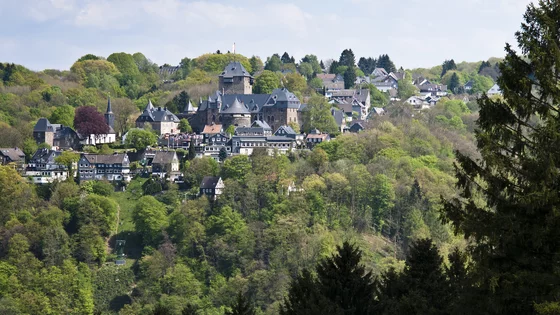





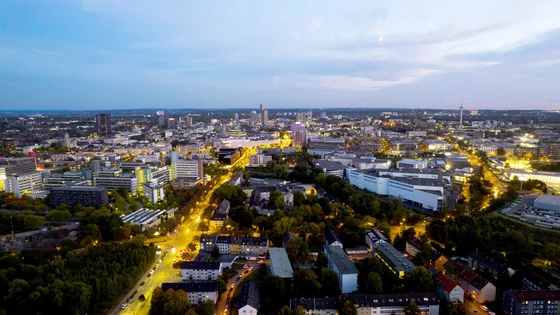
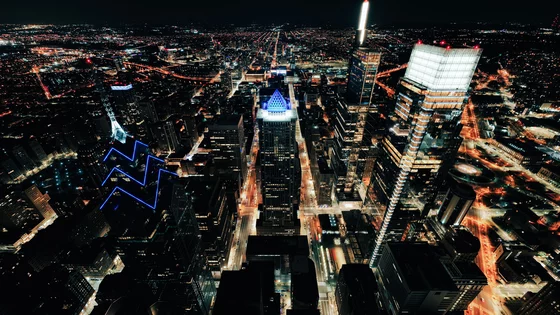



![[Translate to English:] Milano](/fileadmin/kiepe_website/solutions/cities/dome-miliano-pixabay-bici-3738653_1920.jpg)
